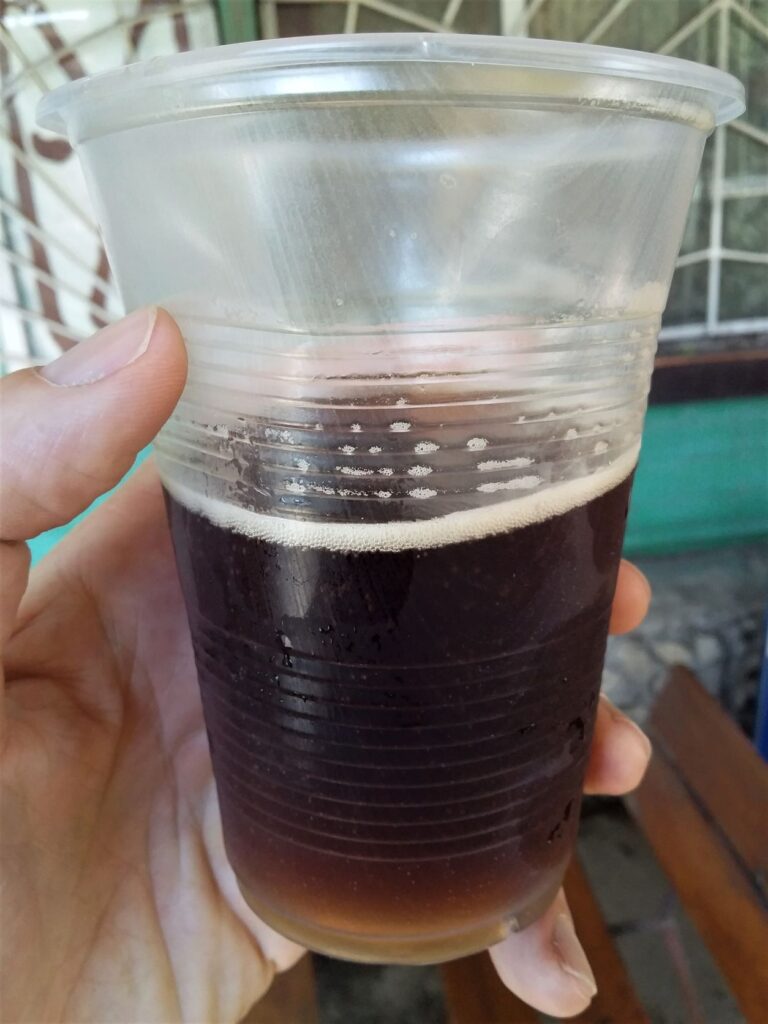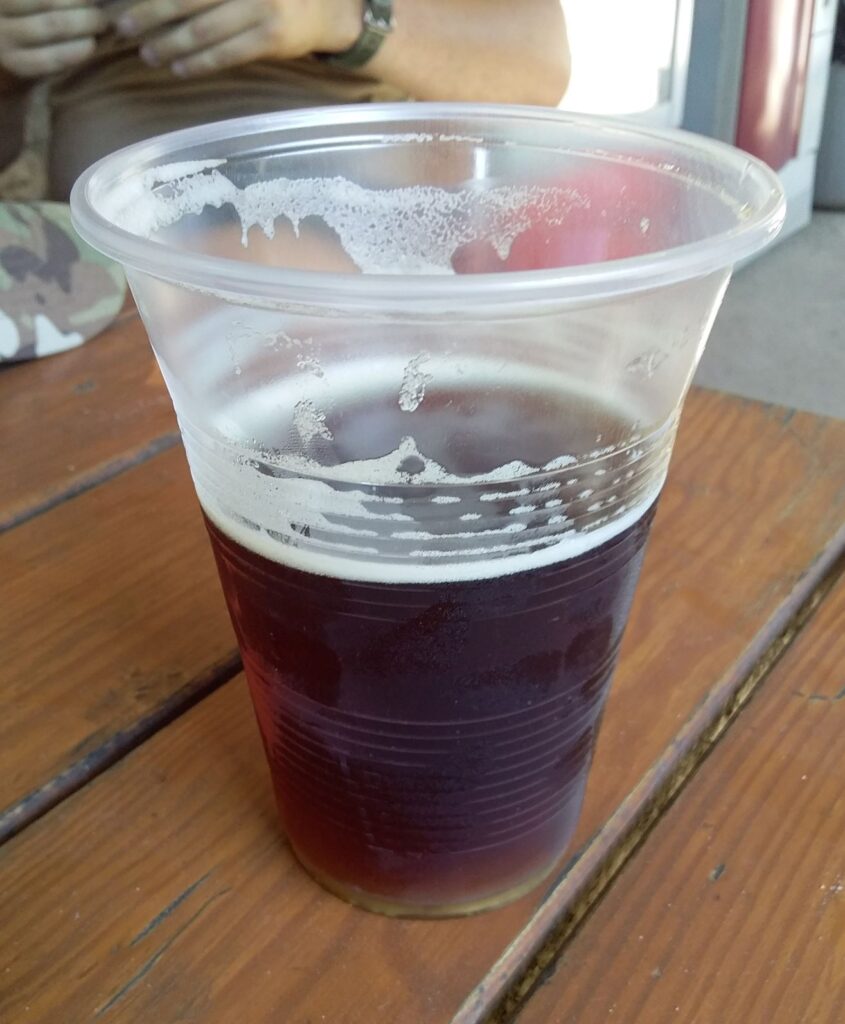It was a typical northern Australian afternoon. The sun was beating down, it was bloody hot, and the town’s dogs had sought out the shade of the trees that lined the main road. Each car that pulled up outside the general store brought a swirl of white, powder dry dust that hung in the air. Blokes in singlets and shorts filed in and out of the shop, where air conditioners buzzed in a vain attempt to keep the temperature inside bearable. The staff took turns to sit and smoke on a grubby, white plastic chair under the large front verandah.
Although this familiar scene felt very much like Australia, I was actually in southern Ukraine; in a small, rural village in mid-August. We sat and sweltered under the tin verandah, which had seemingly been designed to ensure that none of the afternoon’s scarce breeze could find a way in. We were meeting with an officer from a locally stationed unit of the Armed Forces of Ukraine, bringing with us a load of food and medical supplies.
As we sat and caught up with each other’s news, I noticed a bloke emerge from the store carrying a large cup of dark liquid with a little head of foam on top. Kvass! It was a thirsty day to say the least, and the remaining water in my drink bottle was decidedly warm. I watched the bloke as he walked to his car, sipping on the contents of the cup, and subconsciously licked my dry lips.
Leaving the shade of the verandah, we began loading the aid we had brought into the officer’s four-wheel drive. Although the quantity wasn’t huge, we had all worked up a sweat, and a thirst, by the time we had finished. One of my Ukrainian friends turned to me, his shoulders slumped, and said: ‘I am losing shape…like an ice cream in the sun…’ I told him I had seen a bloke with a cup of kvass and his eyes lit up: ‘They have kvass?’ We hurried into the store.

Kvass is a traditional fermented drink that had been made in Slavic regions since ancient times. Although recipes vary, the basic ingredients are rye bread, sugar, yeast and water. It has a beery/malty/bready ‘brewed’ flavour, moderate fizz and is not too sweet. I was told by a Ukrainian friend that is it very low in alcohol, and is considered a ‘soft’ drink. It is delicious, and the perfect remedy for a hot, dry, dusty day.
It turns out that everyone had the same idea as us, and inside the store there was a queue for kvass. Like draught beer, it is transported in kegs and served from a tap, and a big mob of blokes had just ordered a big mob of kvass. The staff member was carefully filling 1.5 litre bottles, and seeing the dark, delicious, icy cold, foamy kvass being poured only further fuelled my thirst. Finally their order was fulfilled, and I strode up to the counter, and in my best Ukrainian, ordered two cups. After handing over my 30 hryvnia ($1.27 Australian), I received two 425ml plastic cups of freshly poured kvass.
Back outside on the verandah, me and my Ukrainian mate made short shrift of our cold kvass, and it really hit the spot. The meeting over, we shook hands with our Ukrainian Armed Forces contact and wished him well.

Back out into the heat, dust and glare, we made our way to the cars, ignored by the dozing street dogs lying motionless in the shade. Refreshed and revitalised by a big cup of kvass, we were ready for the long drive home.
I have intentionally excluded the names of locations, towns and people (if I do mention individuals’ names, they have been changed) in my posts about Ukraine, and not included any specific photographs. Although this may seem excessively cautious, this is an appropriate time for excessive caution.
If you liked this post, you may also like Making Borsch, The Kindness of Strangers V
Leave a Reply